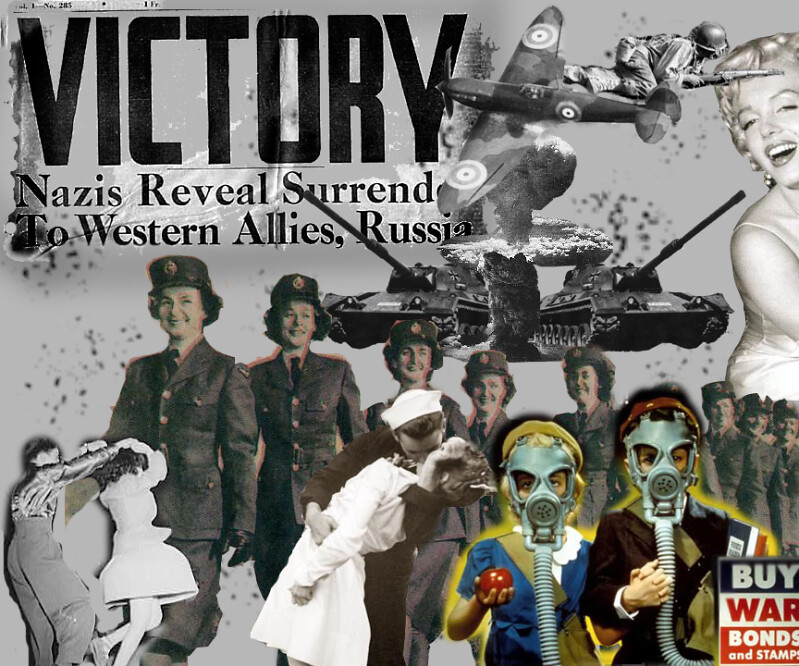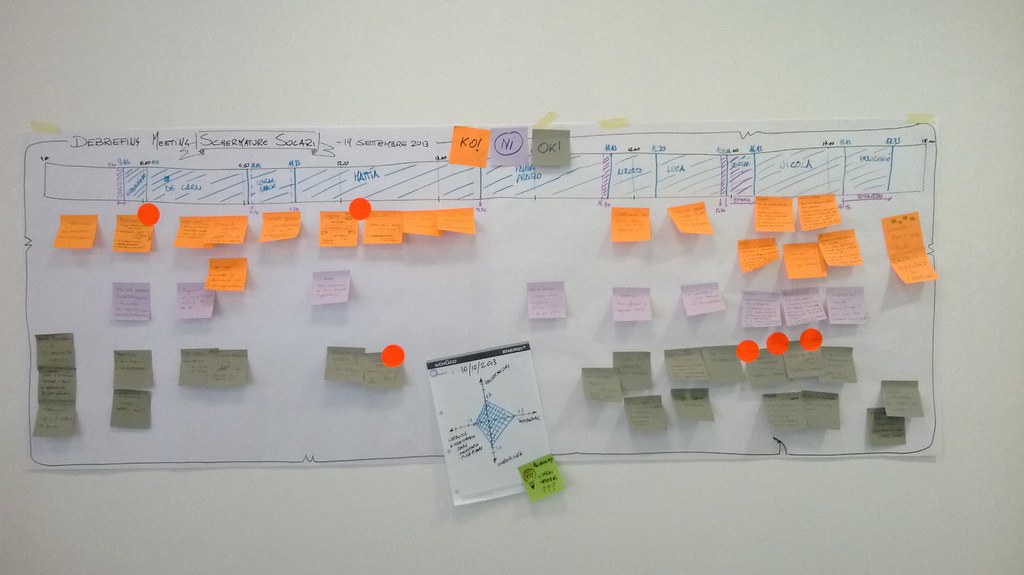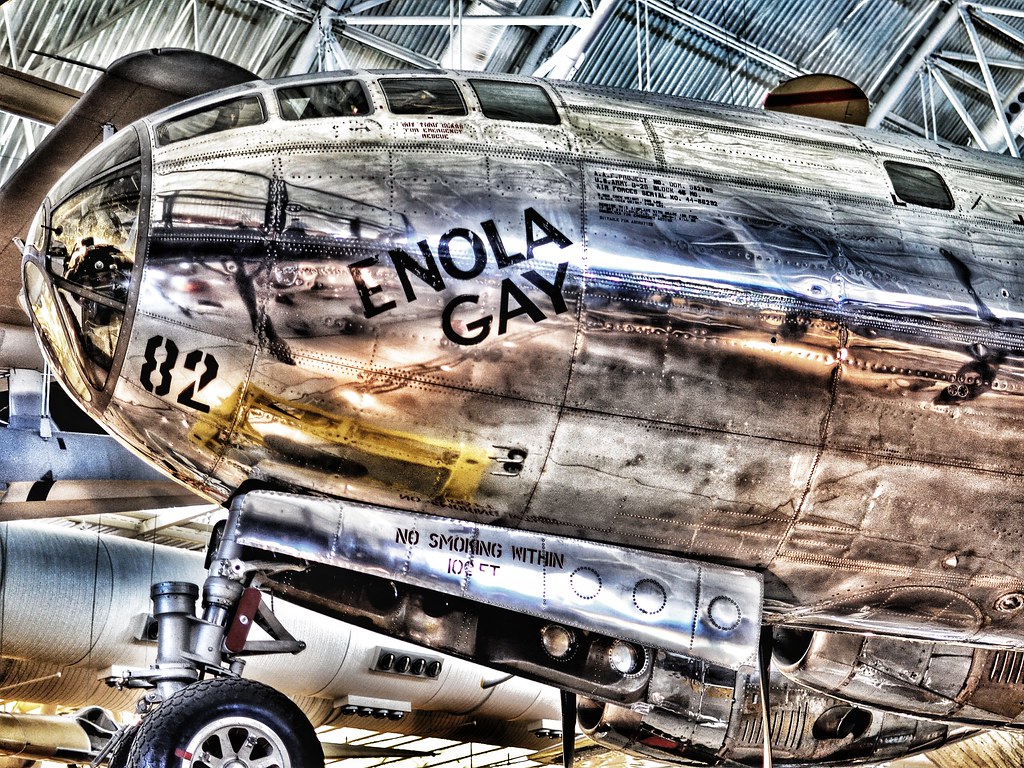|
Excellent
|
Proficient |
Progressing |
Action needed |
| Focus on the task and participation |
|
|
|
|
Consistently stays focused on the task and what needs to be done. Very self-directed.A true team member who contributes a lot of effort, and encourages and supports the efforts of others in the group.
|
Focuses on the task and what needs to be done most of the time. Other group members can count on this person. A strong group member who tries hard!
|
Focuses on the task and what needs to be done some of the time. Other group members must sometimes remind this person to keep on task.
Sometimes a satisfactory group member who does what is required
|
Rarely focuses on the task and what needs to be done. Lets others do the work. .
Sometimes chooses not to participate and does not complete assigned tasks.
|
| Dependability and shared responsibility |
|
|
|
|
Consistently punctual for group meetings, turns in all work on time.
Follows through on assigned tasks and does not depend on others to do the work, responsibility for tasks is shared evenly.
|
Usually punctual for group meetings, turns in most work on time.
Follows through on most assigned tasks.
|
Sometimes late for group meetings, frequently turns in work after the deadline.
Does not follow through on most assigned tasks and sometimes depends on others to do the work.
|
Late for all or most group meetings, misses all deadlines for turning in work.
Seldom or never follows through on assigned tasks. Depends on others to do all of the work.
|
| Listening, questioning and discussing |
|
|
|
|
Respectfully listens, interacts, discusses and poses questions to all members of the team during discussions and helps direct the group in reaching consensus.
|
Respectfully listens, interacts, discusses and poses questions to others during discussions.
|
Has some difficulty respectfully listening and discussing, and tends to dominate discussions.
|
Has great difficulty listening, argues with teammates, and is unwilling to consider other opinions. Impedes group from reaching consensus.
|
| Research and information sharing |
|
|
|
|
Routinely gathers research and shares useful ideas when participating in the group discussion. Defends/ rethinks ideas relating to the group’s project goals.
|
Usually provides useful research and ideas when participating in the group discussion.
|
Sometimes provides useful research and ideas when participating in the group discussion.
|
Rarely provides useful research or ideas when participating in the group discussion.
|
| Problem-solving |
|
|
|
|
Actively looks for and suggests solutions to problems.
|
Refines solutions suggested by others.
|
Does not suggest or refine solutions, but is willing to try out solutions suggested by others
|
Does not try to solve problems or help others solve problems.
|
|
Group/Partner Teamwork
|
|
|
|
|
Consistently makes necessary compromises to accomplish a common goal. Always has a positive attitude about the task(s) and the work of others. All team members contributed equally to the finished project. Performed all duties of assigned team role and contributed knowledge, opinions, and skills to share with the team. Always did the assigned work.
|
Usually makes necessary compromises to accomplish a common goal. Usually has a positive attitude about the task(s) and the work of others. Assisted group/partner in the finished project. Performed nearly all duties of assigned team role and contributed knowledge, opinions, and skills to share with the team. Completed most of the assigned work.
|
Occasionally makes compromises to accomplish a common goal, and sometimes helps keep the group working well together. Occasionally is publicly critical of the task(s) or the work of other members of the group. Finished individual task but did not assist group/partner during the project. Performed a few duties of assigned team role and contributed a small amount of knowledge, opinions, and skills to share with the team. Completed some of the assigned work.
|
Rarely makes compromises to accomplish a common goal and has difficulty getting along with other group members. Is often negative and publicly critical of the task(s) or the work of other members of the group. Contributed little to the group effort during the project. Did not perform any duties of assigned team role and did not contribute knowledge, opinions or skills to share with the team. Relied on others to do the work.
|


